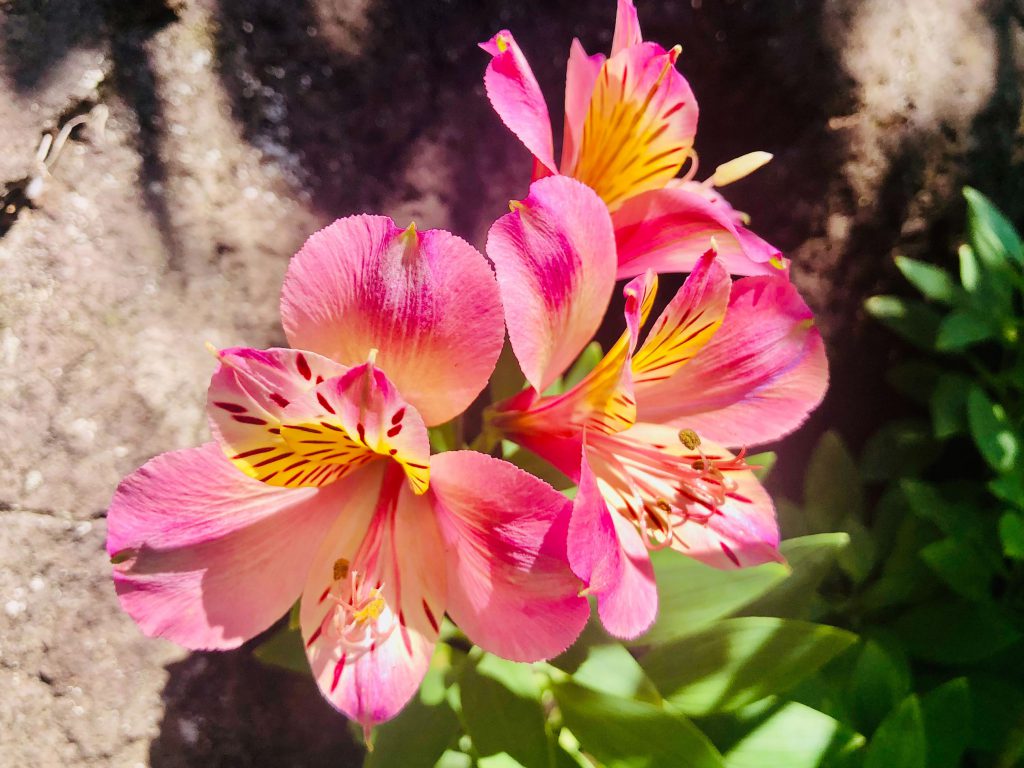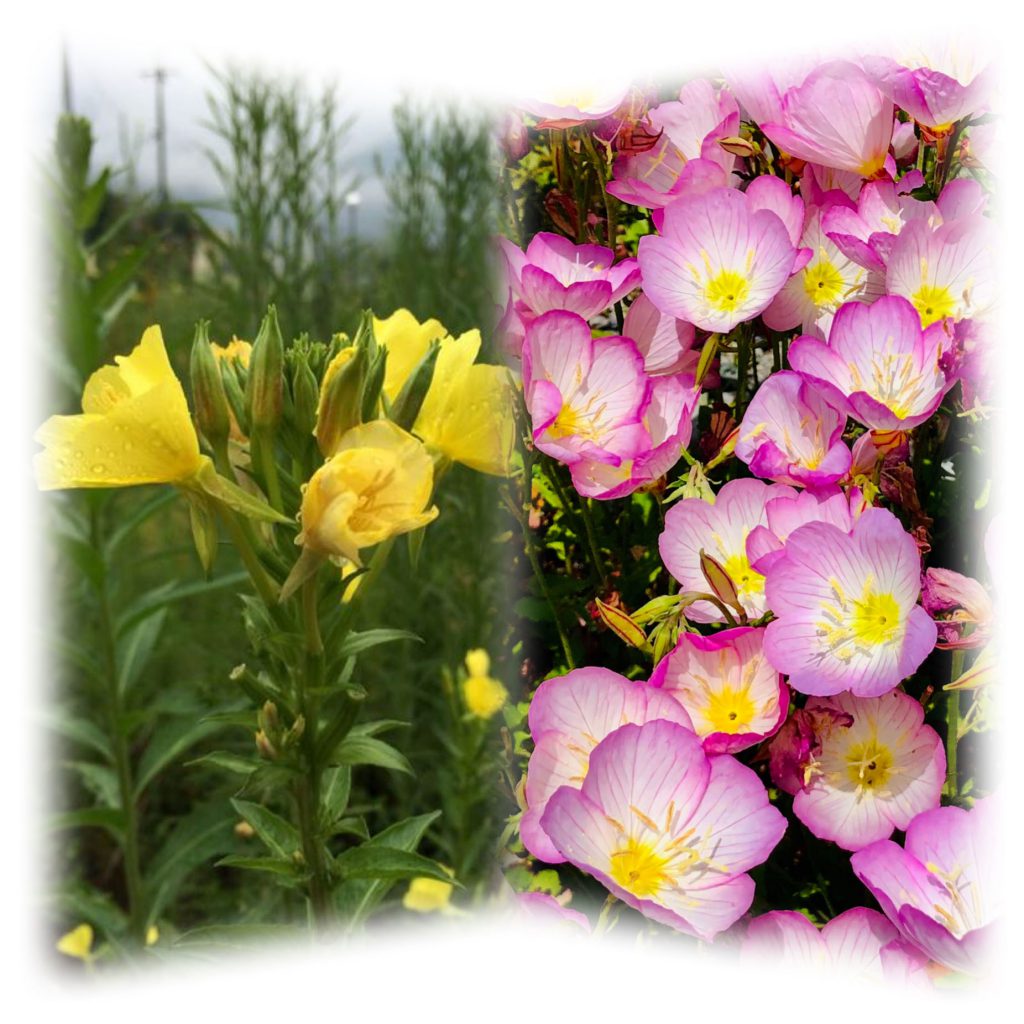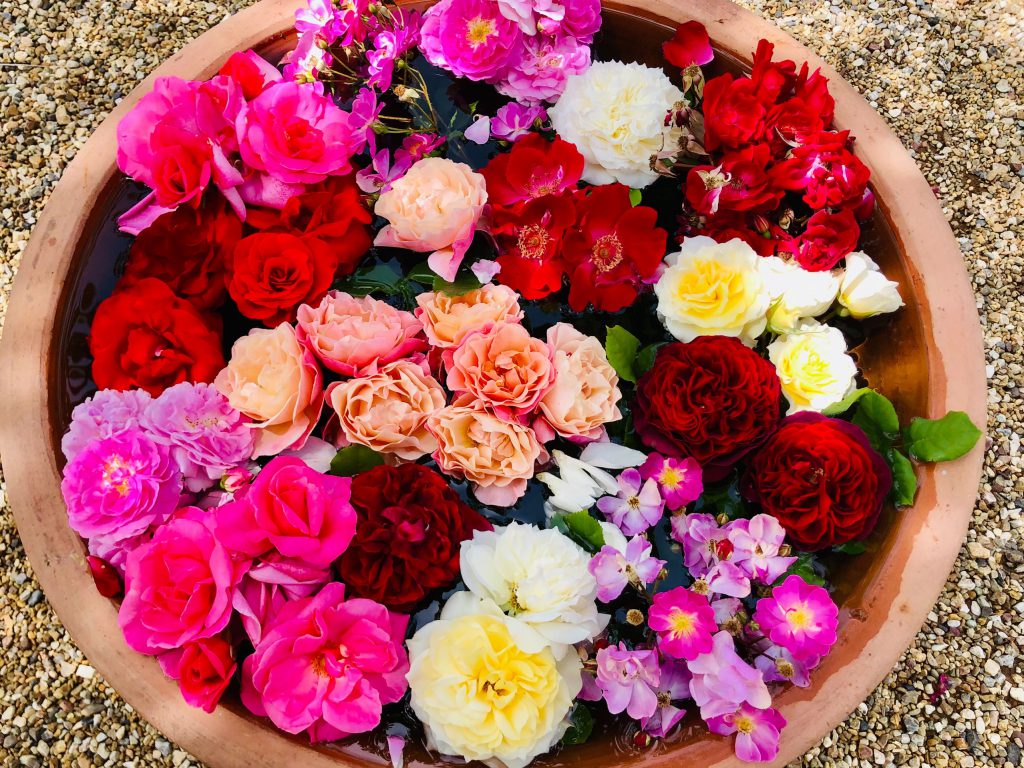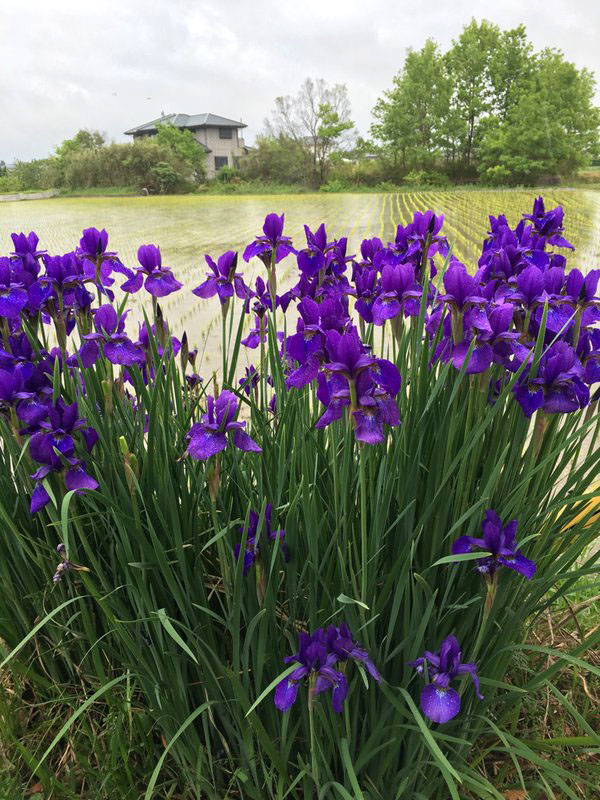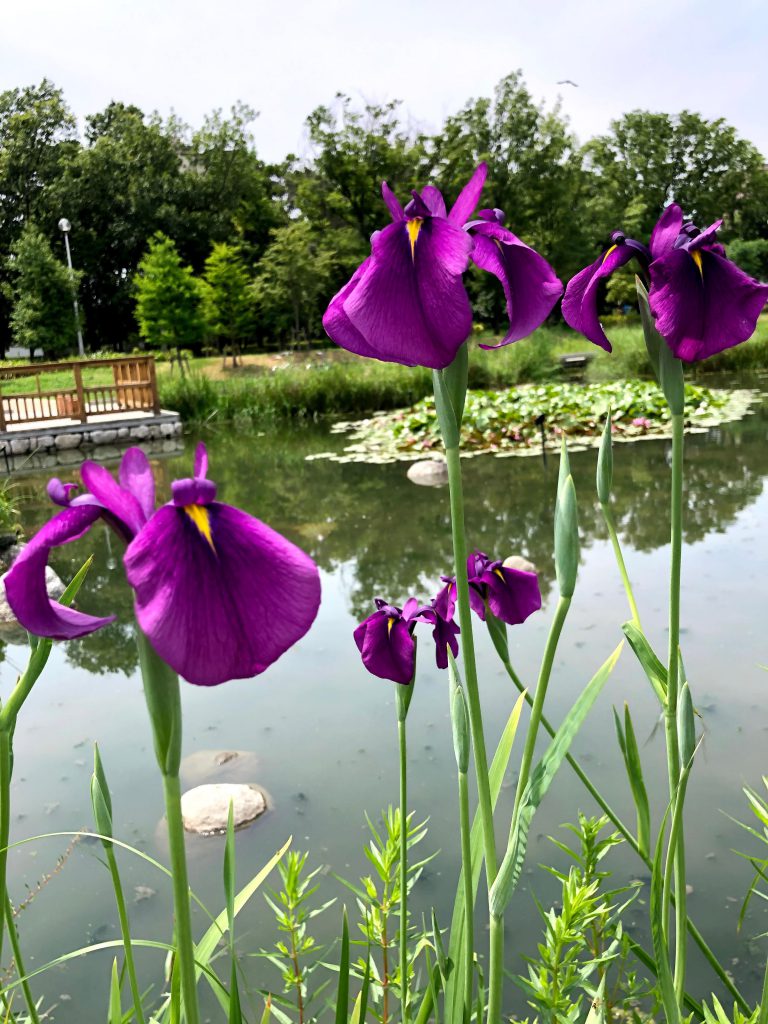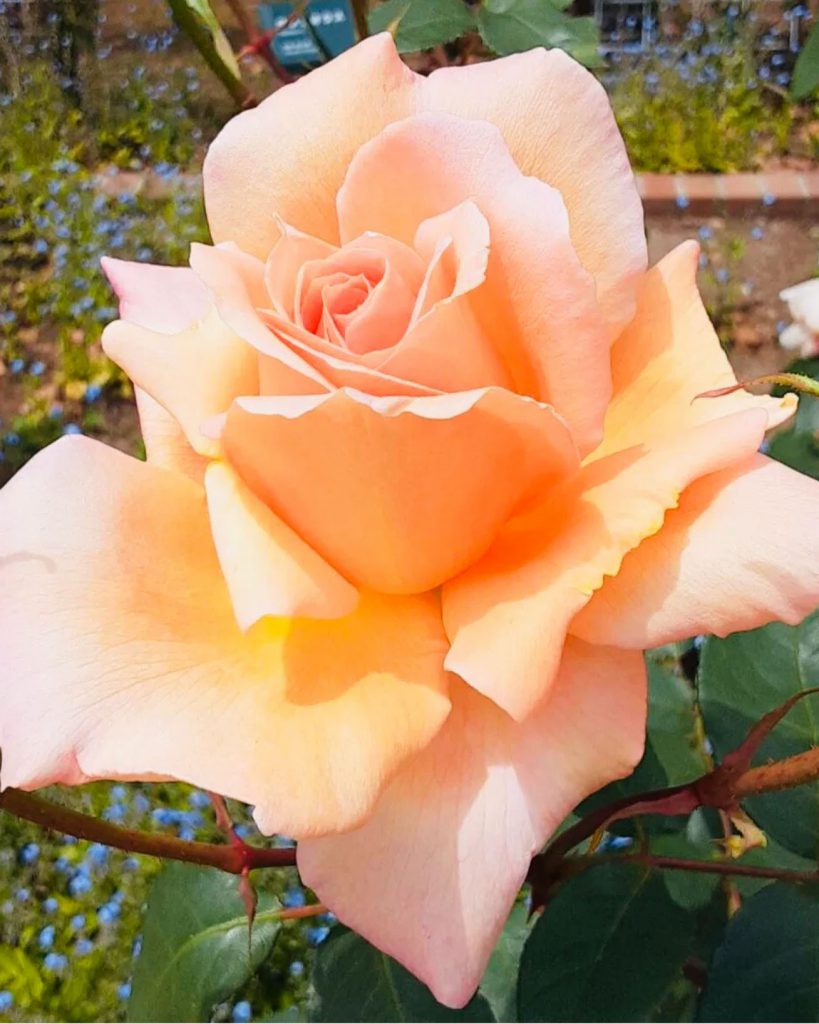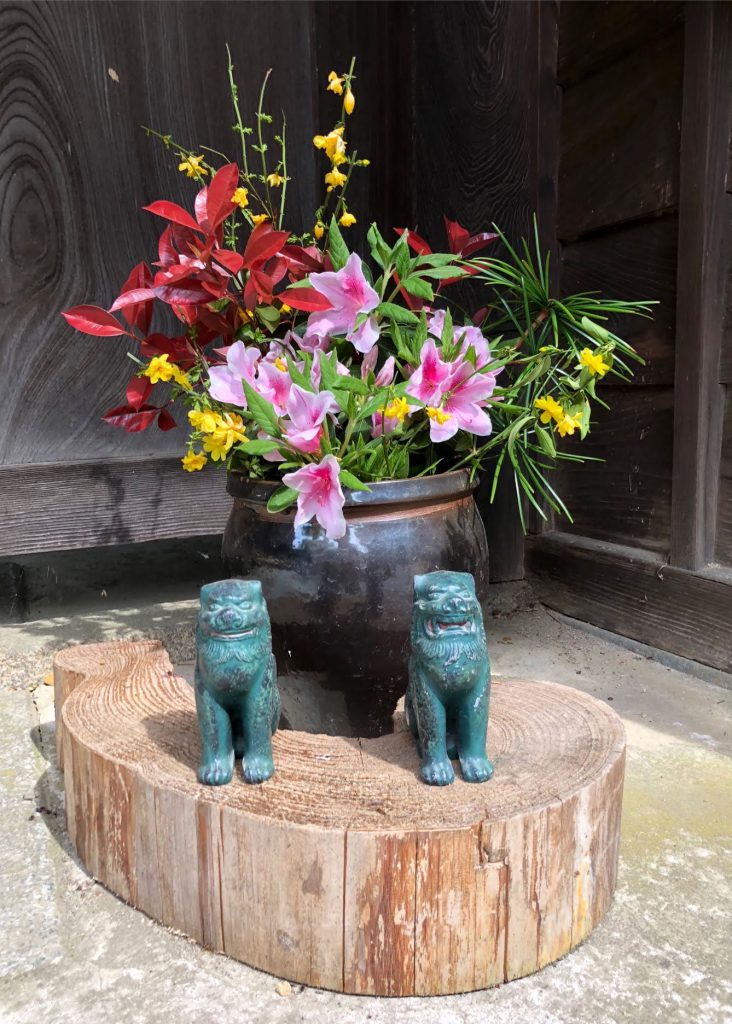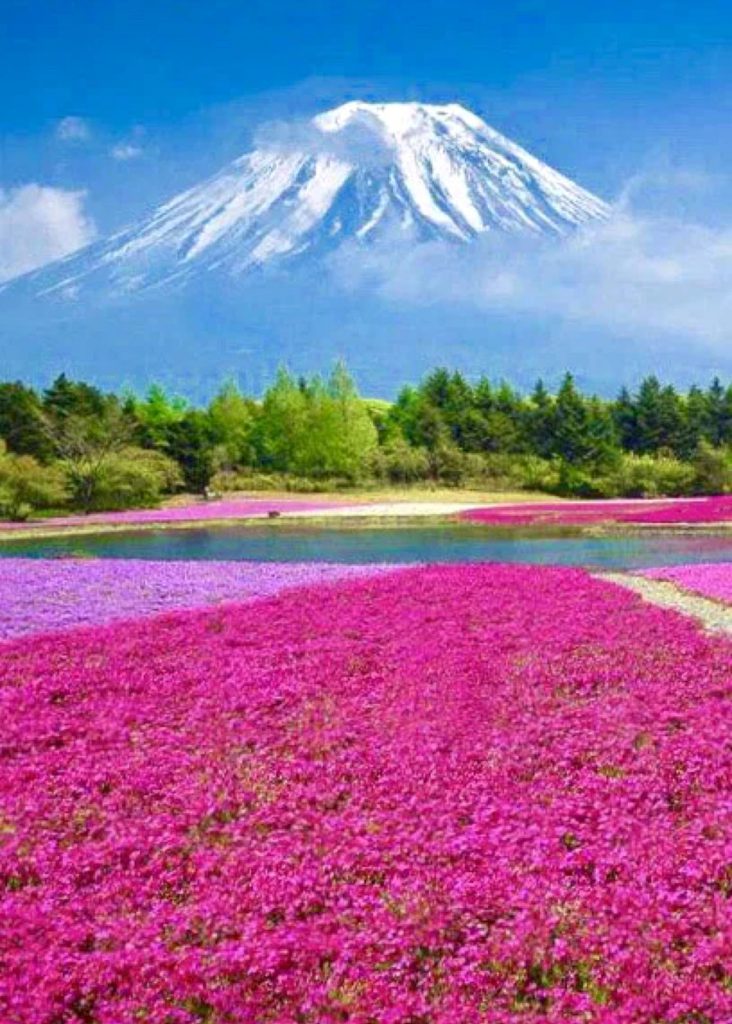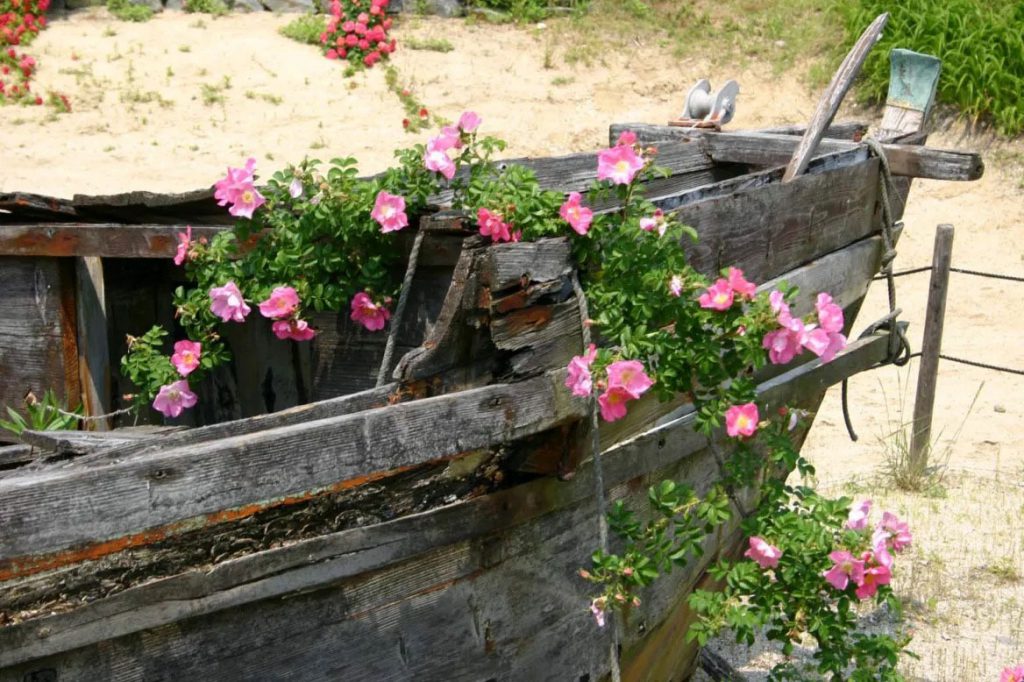
The abandoned ship left on the white sand beach is completely decayed. The vine roses that are covering around it bloom a lot of red flowers, transforming the bleak scenery into a warm one. Roses can be broadly divided into grove and vine. It is said that this area is the origin of the genus Rose, because the vine roses are the original species, and there are many original roses from the southwestern part of China (Sichuan and Yunnan), and from the Himalayas to West Asia. The original rose grows only in the northern hemisphere, and the number is said to be 150 to 200, and there are many varieties with unique beauty such as flowers, leaves, fruits, and thorns. Roses appear in human history in the ancient Babylonian epic “Gilgamesh”, where there are about four species of wild roses in the ancient Near East around 1500 BC, from which crossing is repeated, and after the Greek era, ancient Rome And then to Europe. In Japan, it appears in the literature “Manyoshu” and “Hitachi Fudoki” in the 700’s AD, so it seems that it came in before that.
白砂の浜辺に放り置かれた廃船はすっかり朽ち果てています。それに纏わるつるバラが赤い花をいっぱい咲かせ、殺風景な景色を温かみのこもったものに一変させています。バラには大きく分けて、木立性とつる性があります。つる性のバラが原種で、中国の西南部(四川省、雲南省)、さらにヒマラヤから西アジアにかけて原種バラが特に多いことから、このあたりがバラ属の起源となる地だろうといわれています。原種のばらは北半球にのみ自生し、その数は 150 ~ 200 といわれていて、花や葉、実、トゲなどに個性的な美しさを持つ品種が数多く存在します。バラが人類の歴史に登場するのは古代バビロニアの叙事詩『ギルガメッシュ』で、紀元前1500年頃の古代オリエントの地では約4種の野生バラがあり、ここから交雑が繰り返され、ギリシャ時代を経て古代ローマへ、さらにヨーロッパへと伝播されました。日本には、西暦700年代の文献「万葉集」や「常陸風土記」に登場しますので、それ以前には入って来たと思われます。

